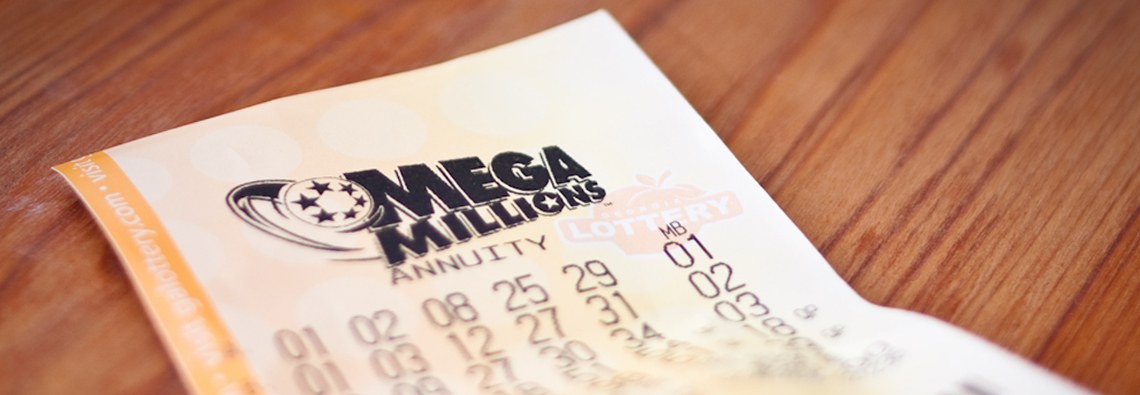By DiscoverTheOdds.com
Updated April 8, 2016
A growing number of Americans think of themselves as poor or “lower class,” according to the results of the General Social Survey (GSS), which is a project of the independent research organization NORC at the University of Chicago. According to the GSS, in 2012, 8.4% of Americans categorized themselves as lower class or poor, the highest percentage ever recorded over the forty year history of the research project.
There is no doubt than more and more people in the U.S. feel that they are poor, a shift in perception and self-identification from the days when many more Americans who were in fact, classified as low income did not perceive themselves as such. Does perception match the reality? What are the odds of being poor or lower class? How many people in the U.S. are poor?
Contents
The U.S. Poverty Rate, the Odds of Being Poor In America and “Lower Class” Self-Identification
 According to the U.S. Census Bureau’s Supplemental Measure of Poverty, the poverty rate in 2012 was 16% (an estimated 18% of children, 15.5% of adults ages 18-64, and 14.8% of adults ages 65 and older); that’s 49.7 million people living in poverty. In other words, 1 in 6 Americans is poor.
According to the U.S. Census Bureau’s Supplemental Measure of Poverty, the poverty rate in 2012 was 16% (an estimated 18% of children, 15.5% of adults ages 18-64, and 14.8% of adults ages 65 and older); that’s 49.7 million people living in poverty. In other words, 1 in 6 Americans is poor.
The odds of being poor in the U.S. are 1 in 6.
49.7 million people are living in poverty in America.
The poverty rate as calculated by to the U.S. Census Bureau’s official measure of poverty is 15%; that’s still 46.9 million people living in poverty. What these numbers suggest, taken along side the 8.4% of Americans mentioned above who regard themselves as “lower class” is that even today, despite growing awareness, poverty in America is more common than Americans realize or acknowledge; nearly half of the people in the U.S. who are poor either do not realize that they are poor or do not label or identify themselves as poor or “lower class.”
Defining Poverty
The Meaning of “Poor” in the United States: U.S. Census Poverty Thresholds
The Census Bureau defines household poverty thresholds every year as a gross before-tax cash income by size of family and the number of related children under 18 years of age.
If a family’s total income is less than the family’s threshold, then that family and every individual in it is considered in poverty. -U.S. Census Bureau
Here are a few examples of the 2012 poverty thresholds:
- An individual: $11,720
- Two people: $14,937
- Two people–An individual householder under 65 years of age with one related child: $15,825
- Four people–A family of two adults and two related children: $23,283
- Six people–A family of two adults and four related children: $30,678
The Supplemental Poverty Rate: A Clearer Picture of Poverty in America
The U.S. Census Bureau’s Supplemental Measure of Poverty takes into account factors such as benefits, necessary expenses and geographic differences in housing expenses, including:
- Refundable tax credits such as the Earned Income Tax Credit and the refundable part of the child tax credit. Taking tax credits into consideration results in the reduces the supplemental poverty rate by 3%.
- Various necessary expenses. Among these expenses are work-related expenses, income and payroll taxes, child care expenses and medical out-of-pocket expenses. Accounting for medical out-of-pocket expenses increases the supplemental poverty rate by 3.4%.
- Social Security benefits. Socials Security benefits resulted in the reduction of the supplemental poverty rate by 8.6%. The supplemental poverty rates revealed that without Social Security income, the overall poverty rate would be 24.5% instead of 16%, leaving the majority, 54.7%, of the population age 65 and older in poverty instead of 14.8%.
- Geography, family size and home ownership status. Housing expenses vary from area to area in the United States, and vary depending on whether a family already owns the home they live in, pays a mortgage or rents. The supplemental poverty rate takes these variables into consideration.
Sources:
Alpert, Emily. “Amid slow economic recovery, more Americans identify as ‘lower class’.” Los Angeles Times. Los Angeles Times, 15 Sept. 2013. Web. 16 Nov. 2013. <http://articles.latimes.com/2013/sep/15/local/la-me-lower-class-20130916>.
“Poverty Thresholds.” Poverty. U.S. Census Bureau, n.d. Web. 17 Nov. 2013. <http://www.census.gov/hhes/www/poverty/data/threshld/>.
“Supplemental Measure of Poverty Remains Unchanged.” Newsroom. U.S. Census Bureau, 6 Nov. 2013. Web. 14 Nov. 2013. <http://www.census.gov/newsroom/releases/archives/poverty/cb13-183.html>.
Short, Kathleen. “The Research SUPPLEMENTAL POVERTY MEASURE: 2012.” Current Population Reports. U.S. Census Bureau, 5 Nov. 2013. Web. 17 Nov. 2013. <http://www.census.gov/prod/2013pubs/p60-247.pdf>.
Smith, Tom, and Jaesok Son. “Trends in Public Evaluations of Economic Well-being, 1972-2012 .” Report. Norc, 25 Apr. 2013. Web. 17 Nov. 2013. <http://www.norc.org/PDFs/TrendsPublicEvaluationsEconomicWell-Being-1972-2012.pdf>.
Image Credit: Flickr/cafemama


